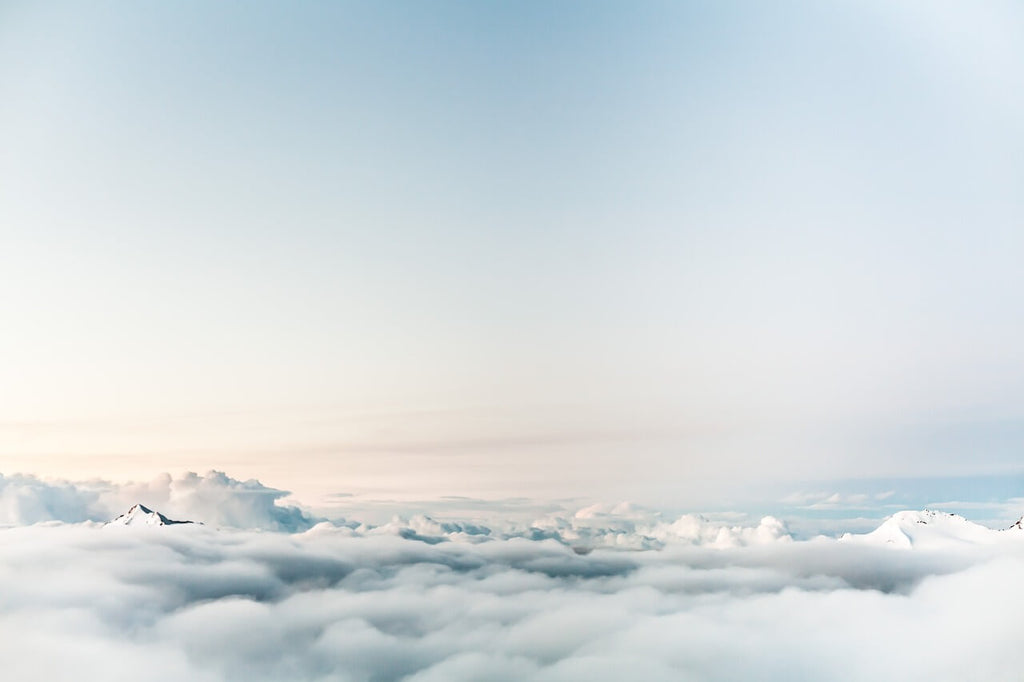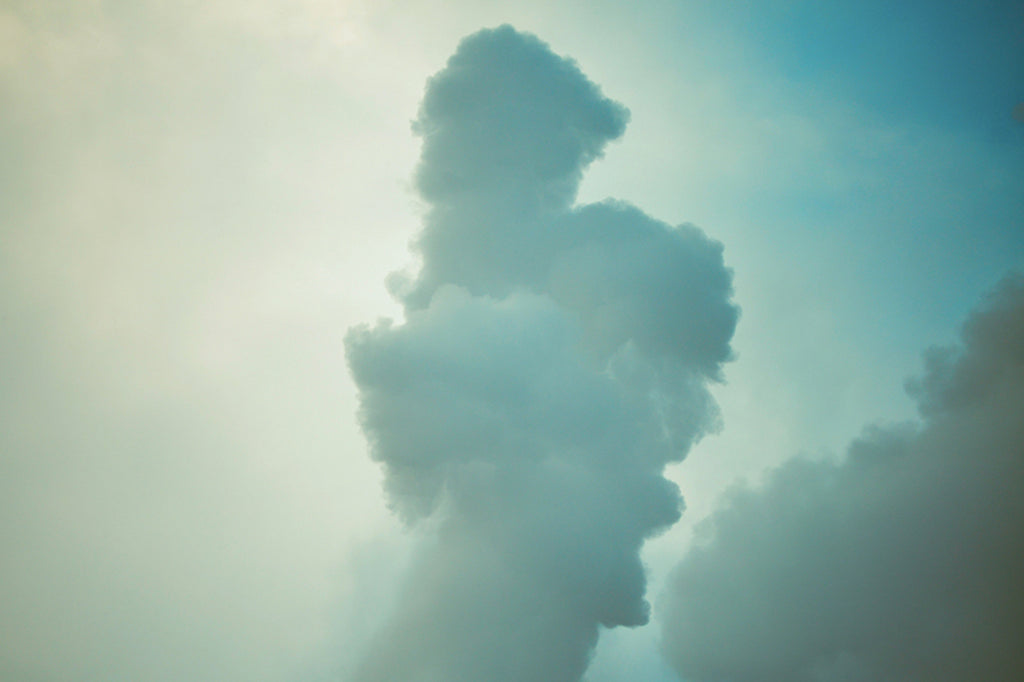mahabis downtime // the art of doing nothing
 photo: via pixabay
photo: via pixabay
"Sure, we all know how to do nothing. We all know how to lay around and waste time. But many of us are too busy to do it much, and when we do it, our minds are often on other things. We cannot relax and enjoy the nothingness. Doing nothing can be a waste of time, or it can be an art form." - Leo Babauta, Zen Habits
Today's society often instills the importance of productivity, haste and speed. But there has been a shift in recent years, with the embrace of the slow movement, wellness and mindfulness.
These movements have helped to prioritised the importance of pausing, reflecting, and relaxing. So, rather than 'nothingness' perceived as laziness, the value of slowing down has become better recognised.
Whilst we advocate a range of downtime rituals, sometimes less is more. Nothing is needed.
 photo: krista mangulsone
photo: krista mangulsone
We all have those days, when we feel drained and exhausted and just want to crash on the sofa. Your head may feel foggy, you can’t concentrate on any task, and your stress levels are teetering. Rather than pulling up the duvet and reaching for the remote, there are ways in which you can use your nothing time to recharge your batteries, so to speak.
Dr Samuel Johnson, who compiled the first English dictionary, was an advocate of doing nothing. Back in the 18th Century, he wrote a weekly column entitled ‘The Idler’, discussing idleness as an aspiration and arguing the case that there is nothing to be ashamed of in occasionally indulging in laziness. To be idle has such a stigma attached, that sometimes it takes a bit of validation (allbeit from an 18th Century academic), to justify the pleasure of simply doing nothing.
In pursuit of the best leisure cultures, we've taken a look at work-life balances in Scandinavia, from Sweden to Denmark. We've also harnessed some idle-inspiration from elsewhere in Europe, including the Italian phrase "dolce far niente", meaning the sweetness of doing nothing. The idea that 'doing nothing', is something in and of itself, is embraced by this Mediterranean nation. It places importance on break-taking throughout the day, and prioritising time out for... well, not much. And that's the pleasure of it!
 photo: via unsplash
photo: via unsplash
The art of doing nothing is all about making time to clear your head. Ultimately, helping do free the mind of stresses and boost both creativity and productivity.
Rather than sitting in front of the TV zoning out for hours upon end, muster up enough energy to take yourself outdoors and find a calming space to sit and rest. An hour spent deep in your own thoughts, whilst you breathe in fresh air and absorb a good dose of Vitamin D will help you to unwind and recharge far more than curling up on the sofa with the curtains drawn.
You may find it difficult to sit still, in which case a relaxing stroll could be an alternative solution. Championed by 19th Century flaneurs, bumbling was the name given to wandering around without any purpose, slowing your walking pace to allow you to casually meander in whichever direction your feet take you.
 photo: unsplash
photo: unsplash
You could always use your nothing time to take a short power nap. Not just for children, we’ve previously written about how taking a short twenty minute nap during the afternoon can help to boost your creativity, improve your memory and increase alertness for the rest of the day.
Once you begin to enjoy short periods of doing nothing, you will find that your brain fog begins to lift, and you feel more productive for the rest of the day. Studies into meditation have shown that it can help both physical and mental health, increase productivity, enhance memory and inspire creativity – and simply doing nothing isn’t that indifferent to meditating.
Give it a go. Next time you’re feeling hot headed or lacking concentration, allow yourself an hour of doing nothing to help you to reboot.
If you feel like sharing this post, simply click on this ready-to-go-tweet.



 photo: krista mangulsone
photo: krista mangulsone photo: via unsplash
photo: via unsplash photo: unsplash
photo: unsplash